Trenchless Pipe Repair
Old and badly corroded pipes must be replaced.
There’s no getting around it. Metal pipes may last 40 to 70 years (depending on the source you read); water quality and pressure, exposure to corrosive chemicals, and installation quality are factors in pipe life.
PVC piping lasts longer by some accounts and shorter by others. It’s vulnerable to pest damage and more likely to shatter.
If you own an older home, you may have to repipe it at some point — all pipes or just a section, including your sewer line.
New plumbing techniques like trenchless repair make the process cheaper and less invasive.
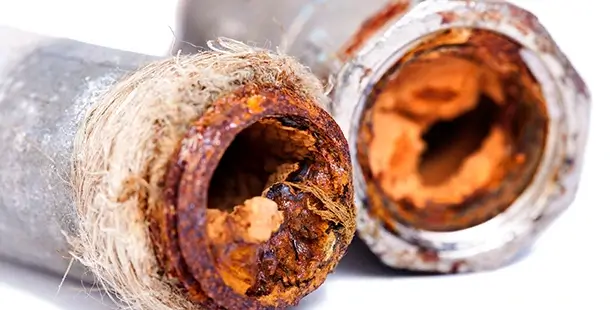
What Is Trenchless Pipe Repair?
In the old days, the only way to repair a buried or hidden pipe was to dig it up and expose it.
Excavation is costly, messy, and destructive, and if the leak is in the foundation of a home, yikes! — we’re talking about an unsightly construction project.
Trenchless repair bypasses all that nonsense and repairs or installs new pipes in a fraction of the time.
Methods include:
- Pipe relining: We insert an epoxy-coated sock into the existing line and inflate it to create a larger diameter pipe. It takes about 24 hours for the epoxy to cure.
- Pipe bursting: We dig small holes at the beginning and end points of the damaged pipe, attach a wedge cone to the end of a cable, then pull it through to “burst” the old pipe and create a tunnel for a new line.
These techniques have revolutionized plumbing, making pipe repair and replacement more affordable than ever. They cause minimal disruption to your property since there’s no digging or damage to landscaping.
Trenchless repairs are best suited for sewer and water lines leaking at a few spots, not those with multiple collapses. With badly damaged pipes, we may have to excavate some sections while using trenchless methods in others. It all depends on the condition of your pipes.
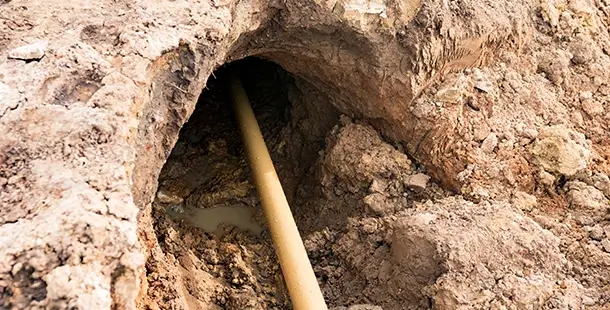
How We Pinpoint Leaks & Pipe Damage
We use the latest diagnostic equipment to assess the condition of your pipes and identify leaks and weak points.
- Pipe cameras and inspection crawlers
- Acoustic leak detection
- Ground-penetrating radar
- Infrared cameras
- Pressure testing
- Chemical tracing of water flow
- We also use smoke and dye tests to identify plumbing leaks in walls
Once we’ve diagnosed the problem, we can outline a plan for repair or replacement. We’ll discuss our findings and explain your options, so you know what to expect.
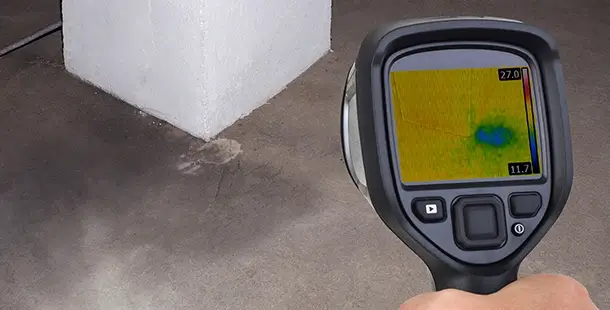
Slab Leaks Can Turn Your Life Upside Down
Slab leaks occur in the pipes in or under the foundation of a home. They’re particularly destructive because they’re difficult to detect, yet a small leak can explode into a flood in minutes.
They undermine the structure of your home, ruin possessions, and promote rampant mold growth.
Signs of a slab leak include:
- Inexplicably high water bills
- Wet spots on floors
- Warped flooring and baseboards
- Damp carpeting
- Moldy spots and musty smells
Call us immediately if you suspect a slab leak in your home. We may be able to fix it without digging up your foundation.
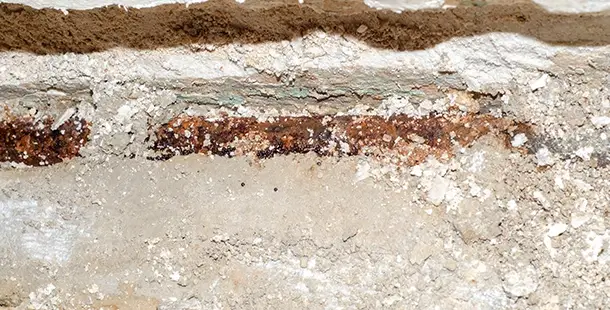
Frequently Asked Questions about Trenchless Pipe Repair
How do you fix a broken pipe without digging it up?
What are the benefits of trenchless pipe repair?
Are pipe bursting and sewer line pulling forms of trenchless repair?
Yes, with both methods, we create small holes at the starting and end points of the problem. Then we use hydraulic equipment to pull a wedge cone through and create a path for the new pipe.
Later, we fill in the holes, leaving only two small excavation points as evidence of a repair. Therefore, trenchless methods are ideal for commercial buildings and yards with planters and expensive landscaping. Unfortunately, in some homes, it can be problematic to replace flooring or match tile.
How exactly does trenchless sewer pipe lining work?
- First, we hydro jet the existing sewer line to clean it of debris.
- Next, we locate an existing cleanout or opening into the line.
- We insert a special IAPMO-approved hollow sleeve with an epoxy resin hardener.
- We expand the sleeve to conform to the shape of the original sewer line and allow it to cure.
- The result leaves a new seamless line inside the old that works just as well as a new line.
How long does trenchless pipe repair take?
Does trenchless pipe repair work on any foundation?
Is trenchless pipe repair durable?
What is the healthiest plumbing pipe?
Are there any special considerations with trenchless pipe repair?
Additionally, trenchless technology isn’t always an option depending on the condition of your pipes or terrain obstacles; excavation may be necessary in some cases.
